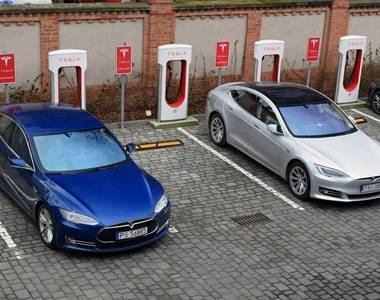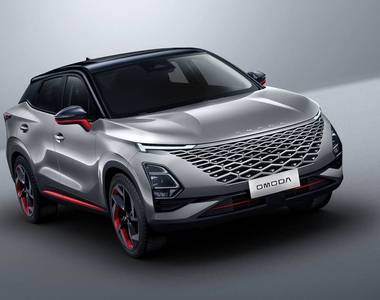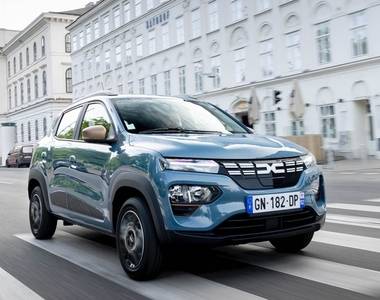It seems that one potential answer will sit on our driveways.
The National Grid predicts that the UK will have 35 million electric cars in use by 2050 – and that these cars could act as battery packs to hold a reserve of energy when it’s needed across the grid.
Harnessing renewable energy
Moderating the flow of energy that’s created from renewable sources is more challenging than handling the power that’s generated from power stations. Where a power station can be run in a way that reflects the grid’s requirements, the same control can’t be used with renewable sources. Quite simply, we don’t switch the wind or sun on as and when we need it.
A UK-wide battery network would change this – but with electric car use as it currently stands, the plan simply is not feasible.
With fewer than 200,000 EVs currently on the road, there’s neither the battery capacity nor the intelligent infrastructure needed to put the plan in motion – but this is set to change. The National Grid’s strategy team are basing their plans on a prediction that EVs will be the UK’s most popular form of transport from 2030 onwards – going some way towards creating the battery network that would be required.
Algorithm control
Alongside the fleet of EVs needed, it’s proposed that smart charging systems will use algorithms to consider a huge range of variables to decide whether or not the energy that’s stored in your car could be used by the grid.
For instance, if your car is generally used to take you to work at 8am, before bringing you home and being plugged in at 6pm, there’s a potential 14-hour window in which the vehicle’s battery could potentially make up part of the grid network. As long as the algorithm can ensure your car has the power you need when you get back in, there’s a significant amount of flexibility around how the stored energy can be used in the meantime.
Of course, a system would need to be finessed to account for personal preferences and use – but in principle, there’s scope for storing a massive excess of power – bringing down energy costs and a reliance on fossil fuels.
Net-zero target
The ambitious plan is one of a possible five that the National Grid has outlined as their contribution to the UK’s target around cutting emissions to net-zero by 2050.
That said, the net-zero target will also require a significant reduction in household energy use before that time – with a shift away from natural gas use in home heating systems. By 2050, an EV battery network would be part of a plan that also involves the installation of over 7 million hybrid heat pumps – helping a number of domestic and commercial premises move onto hydrogen as a primary fuel source.
With this in mind, there’s a long way to go before your car is likely to help power the surge in energy needed when the average UK resident decides to boil the kettle or put their oven on to cook their evening meal – but plans are picking up pace. February 2020 has seen the government plan bringing forward a ban on selling new petrol, diesel, and hybrid cars from 2040 to 2035 – with hints that the ban could come forward even further.
The National Grid’s proposals would require at least 35 million electric vehicles to create the network required – but with 15 or more years of exclusive EV sales by 2050, it’s a target that’s looking more and more possible as the country takes steps towards an emission-free future.











